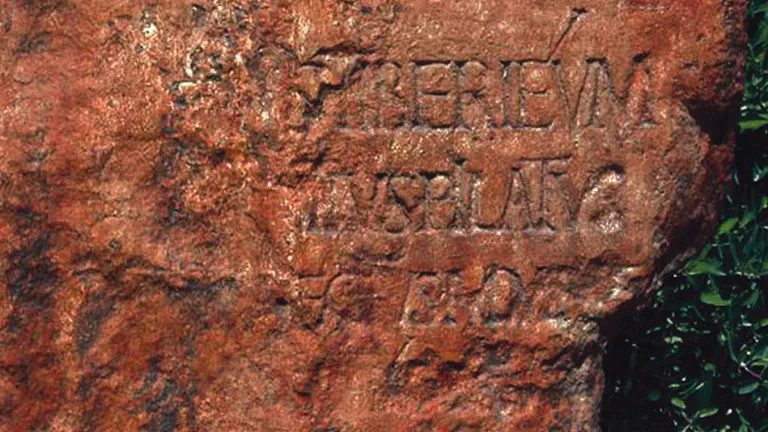Eyewitness Accounts

Many people were willing to die rather than recant what they knew to be true about Jesus Christ.
How many people would it take to come to you with an account of a major happening for you to believe their account of it?
Sometimes you hear one person's side of a story and are persuaded, but then you get the other side of the story. It is hard to sort it out unless others have been a witness too.
God’s requirement for legality in a court of law was established in Deuteronomy 19:15: “One witness shall not rise against a man concerning any iniquity or any sin that he commits; by the mouth of two or three witnesses the matter shall be established."
Sometimes evidence becomes a silent witness, such as DNA testing, drug testing or fingerprint testing. These become the same as eyewitness accounts, but in the absence of this evidence we only have what others have seen.
There is a reason why more than one eyewitness is required. It keeps one person from being able to convict someone out of bias and it also makes up for someone thinking they saw something a certain way, but it was entirely different.
Many of the New Testament writers were eyewitnesses to the life and miracles of Jesus Christ. Others, like Luke, wrote down accounts of others to share the most wonderful things they had ever heard and seen while it was still fresh in the minds of those who witnessed it firsthand.
These eyewitness accounts are still available to us 2,000 years later. What made them so compelling that they still survive?
Many of these people were willing to die rather than recant what they knew to be true. Also amazing is that people have continued to be willing to die as martyrs in the centuries since then rather than give up their belief in the Savior, Jesus Christ.
"For we did not follow cunningly devised fables when we made known to you the power and coming of our Lord Jesus Christ, but were eyewitnesses of His majesty" (2 Peter 1:16).
The accounts of the majesty and power of Jesus far exceed the legal requirement of two or three in order to establish the truth of it.
This is what one eyewitness said in his account of the words of Jesus:
"'Your father Abraham rejoiced to see My day, and he saw it and was glad.' Then the Jews said to Him, 'You are not yet fifty years old, and have You seen Abraham?' Jesus said to them, 'Most assuredly, I say to you, before Abraham was, I AM.' Then they took up stones to throw at Him; but Jesus hid Himself and went out of the temple, going through the midst of them, and so passed by" (John 8:56-59).
They were going to stone Him for saying He was the I AM who introduced Himself to Moses at the burning bush.
This quote portrays it accurately I think:
“Either this man was, and is, the Son of God, or else a madman or something worse. You can shut him up for a fool, you can spit at him and kill him as a demon or you can fall at his feet and call him Lord and God, but let us not come with any patronizing nonsense about his being a great human teacher. He has not left that open to us. He did not intend to.”—C.S. Lewis
Those who were there and witnessed His majesty and miracles felt compelled to write these things down. They gave us eyewitness accounts so we could know that the coming of Christ, His sacrifice and resurrection would stand in a court of law and withstand the test of time.
It is not by accident that these accounts are still available to us today and show the prophesied Messiah met all of the criteria concerning His first coming.
We can hold onto these accounts and know with a surety that these eyewitnesses were noble and true in their recollection of the events surrounding our Lord and Savior, Jesus Christ.
For more detailed information on how Jesus fulfilled the many prophecies concerning Him read our booklet: Jesus Christ: The Real Story.



